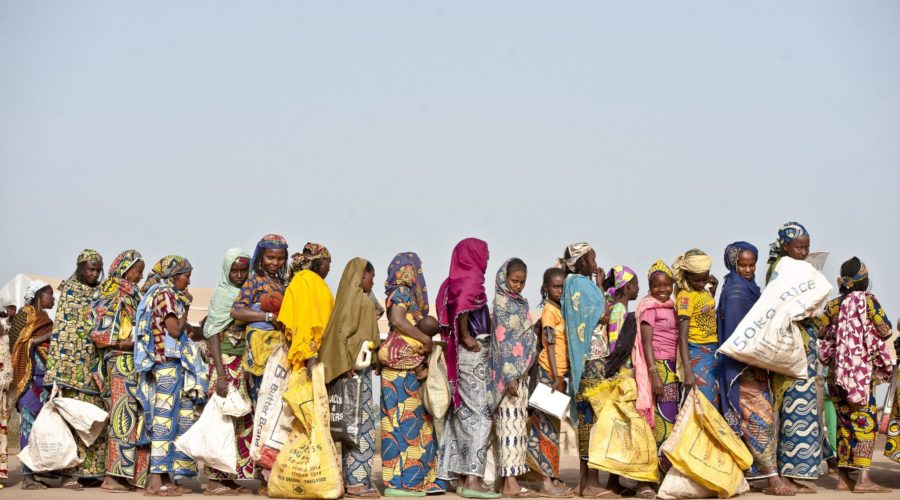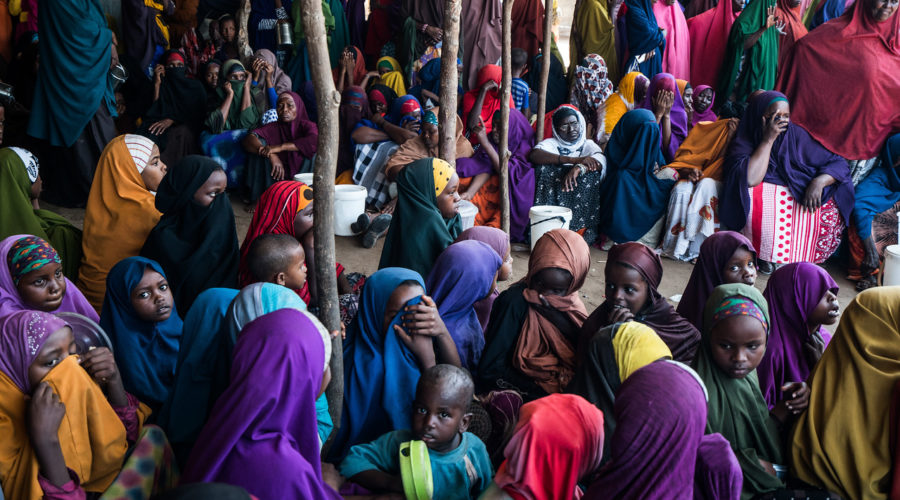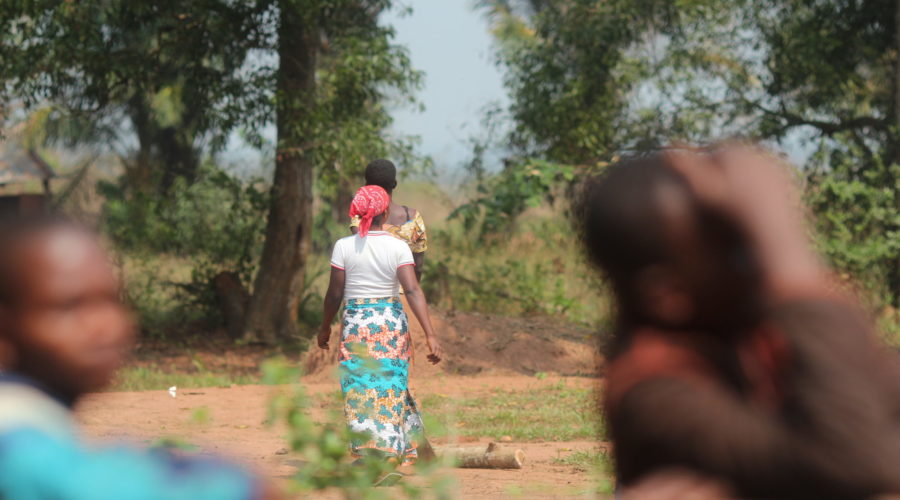A new HCT Terms of Reference was endorsed by the IASC Emergency Directors Group in April 2017, which identified four mandatory issues which all HCTs are required to pay particular attention to. GBV is one of these four mandatory responsibilities, highlighting its importance in a humanitarian response, along with the Centrality of Protection, Accountability to Affected People (AAP) and Protection from Sexual Exploitation and Abuse (PSEA), and demands HCT members’ collective approach.
The HC and HCT have a critical role to play in providing strategic direction to all humanitarian actors to ensure GBV is accorded sufficient attention in the response, and programme activities are guided by commonly agreed goals which are clear to all humanitarians, and can be achieved by working effectively together.
The Peer-2-Peer project has worked with UNFPA to produce a practical note on the steps that HCs and HCTs can take to make sure GBV is afforded the attention it deserves in a humanitarian response, and that action is taken to address it. The Note is available for download, and its essence is captured in six key points:
- Include GBV on the HCT’s agenda and maintain focus on the issue. The HC should be supported by an agency, an NGO, or a small group of interested organisations with technical expertise to move the GBV agenda forward and liaise directly with the GBV sub-cluster. For example, The Humanitarian Coordinator in Iraq worked closely with HCT members and the clusters to elevate GBV as a key priority in the response.
- Establish and endorse a strategy for GBV prevention, mitigation and response informed by the sub-cluster expertise. The strategy should be linked to the Centrality of Protection strategy and the Rights up Front initiative and include a practical GBV mainstreaming approach. For example, in Nigeria, the strategy focused on local ownership and long term results, having the religious and traditional leaders as key allies in the fight against GBV and specifically child marriages.
- Utilise a mutual accountability approach, such as the proposed HCT Compact. The organisation(s) that volunteer to provide leadership should also be held accountable for taking the GBV agenda forward.
- Conduct advocacy with senior levels of Government and de facto authorities on GBV. The advocacy plan should target actors who have positive or negative influences on GBV in country. For example, in Central African Republic an advocated effort from GBV actors towards non-state armed groups on preventing HIV and addressing GBV appeared to help reduce the incidence of rape cases in the area.
- Engage substantively with the donor community on GBV needs. The HC should organise regular dialogue, such as a round table with donors, to present the GBV strategy and solicit support for implementation, like it was done in Somalia. Having HC support for dedicated funds allocated through the CERF, pooled funds and Flash appeals is also important.
- Lead by example to show dedication to eradicate all forms of GBV with the humanitarian community and affected population. The HC and HCT members should organise regular travels to the field to meet with field workers and the population, including community-based protection groups.
The Peer-2-Peer project has also hosted a series of webinars on how effective leadership in the field can make a difference on GBV. These webinars have included presentations, and question and answer sessions with some of the world’s leading humanitarian professionals from the field and headquarters, including the late Babatunde Osotimehin, Under Secretary General and UNFPA’s Executive Director, Peter Lundberg, Nigeria’s Deputy Humanitarian Coordinator, Neil Buhne, Pakistan’s Resident and Humanitarian Coordinator and Kate Moger, IRC’s Deputy Regional Director for West Africa.





